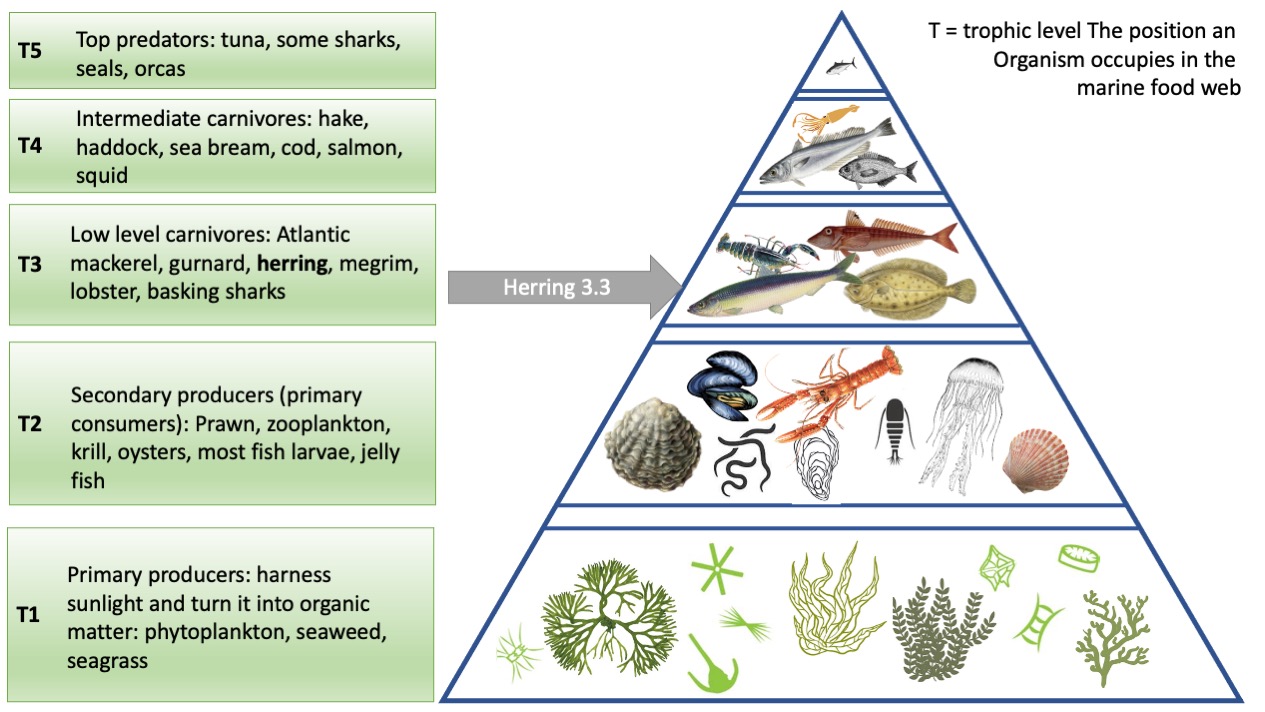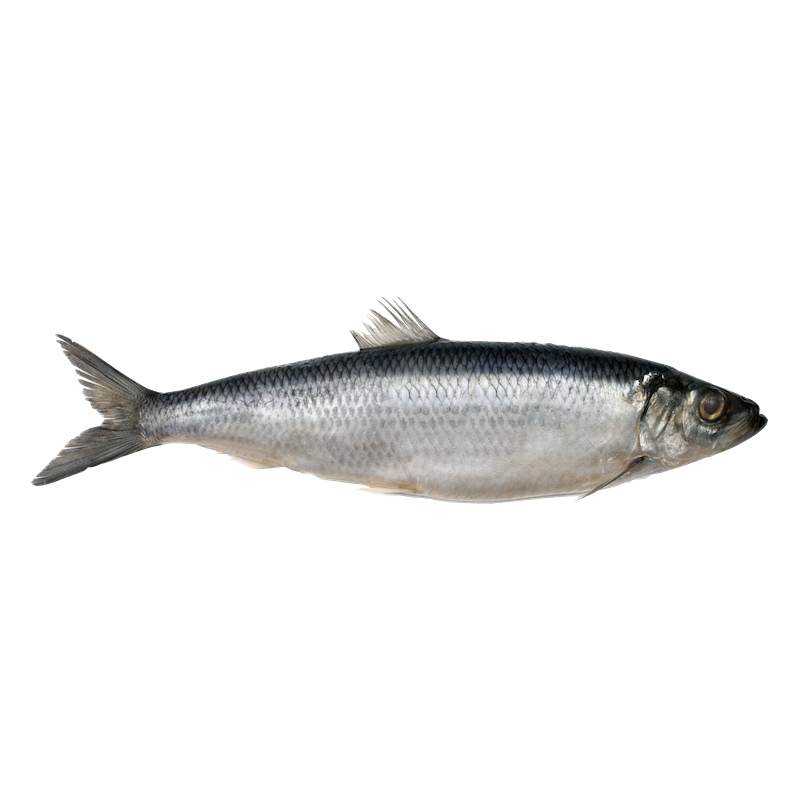
Sustainability of Herring in Ireland
- Sustainability rating: 1-5
- MSC certified: 1-2
- Recommended minimum size: 20cm
- Season: avoid during breeding season February - July
- Fishing method: midwater trawl
The sustainability of herring varies significantly depending on which population is considered.
The good news is that, because herring school in single species groups in mid-water, fuel consumption is efficient, the bycatch is low and seabed damage due to fishing gear is minimal.
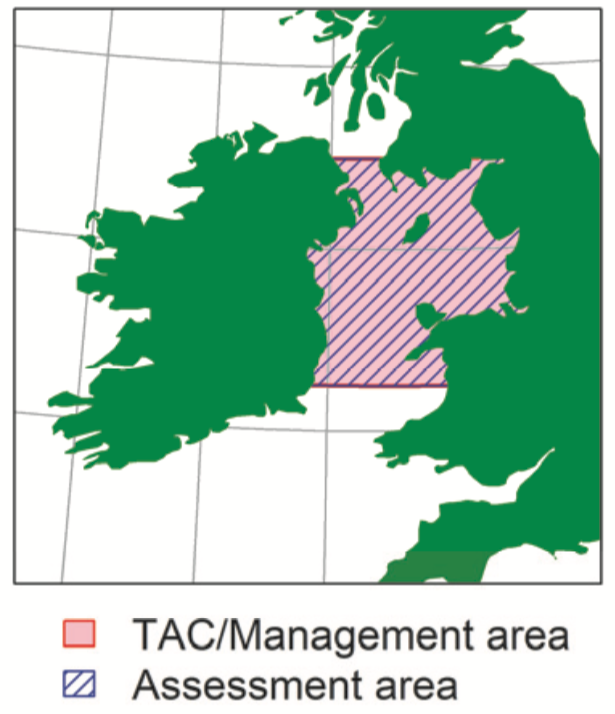
We highly recommend you to check labels for catch locations or ask your local fishmonger. The best choice is from the Marine Stewardship Council (MSC) certified fishery in the Irish Sea. This one is the most sustainable. If you find herring that is not MSC certified, but was also caught in the Irish Sea it’s also okay (it has a sustainability rating of 2).
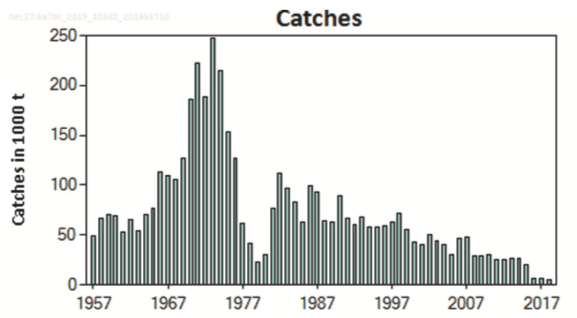
With herring caught in any other region we’re getting into a grey and difficult area regarding sustainability. The north east Atlantic and arctic ocean herring is currently sustainable, but only achieves a sustainability rating of 3.
Stay clear of any herring caught in the west of Scotland and West of Ireland as well as the Celtic Sea herring. The stocks in these regions are vulnerable and the advice by ICES for 2020 is that when the precautionary approach is applied, there should be zero catch.
Since 2015 all targeted herring fishing in this area is prohibited with the exception of a six nautical mile limit measured from the baseline of the United Kingdom's territorial sea. In 2016, a scientific monitoring fishery (with a limited catch of 4,840 t) in this area was considered appropriate by ICES to allow the collection of samples for the two stocks and continue the time series. The Irish Sea herring fishery on the other hand is currently operated sustainably.
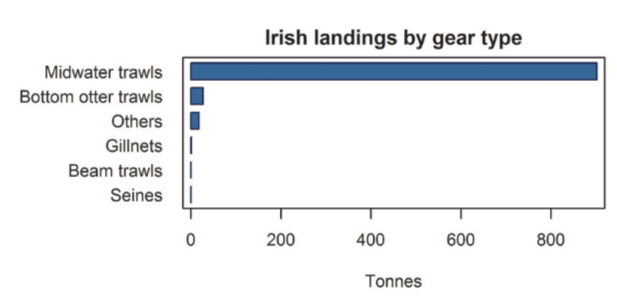
ICES advises that the catches in 2020 should be no more than 8,064 t. There are two closed areas in operation to protect the spawning stock during part of the spawning season and to prevent exploitation of juveniles. These measures were introduced during the period of the industrial fishery in the Irish Sea (1969 – 1979). The area off County Louth and County Down is closed from the 21 September – 31 December and the Douglas Bank area, east of the Isle of Man is closed from 21 September until 15 November.
There are some exceptions to this for vessels smaller than 40 feet in length. These vessels may fish within the Down-Louth seasonal closed box, using only driftnets of mesh size ≥ 54 mm.
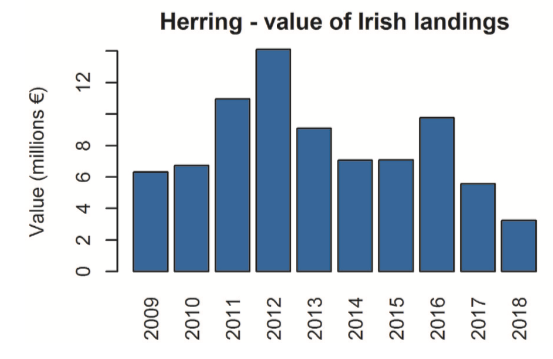
Irish catches were stable from 2005-2017. In 2018, the catch increased due to an increase in total allowable catch (TAC). It was the first time since 2006 that Irish vessels caught their herring quota in the Irish Sea.
Irish herring exports in 2019 were valued at €8M with 8.3 tonnes – a 3% decrease compared to its export in 2018, but still a valuable fishery for Ireland.
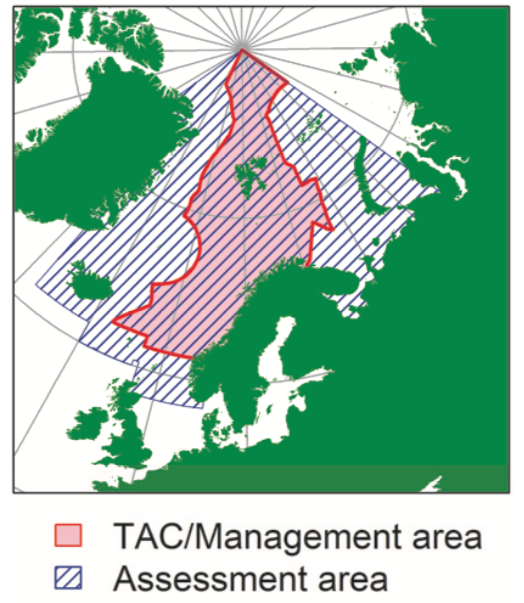
Norwegian spring-spawning herring are also currently harvested sustainably, although fishing mortality and the stock are slowly declining since 2015, albeit staying within the acceptable limit. ICES advises, that herring catches in 2020 should be no more than 525,594 t. This is a much bigger chunk than that for the Irish Sea so Norwegian spring-spawning herring is a good alternative if you can’t source any local Irish Sea herring.
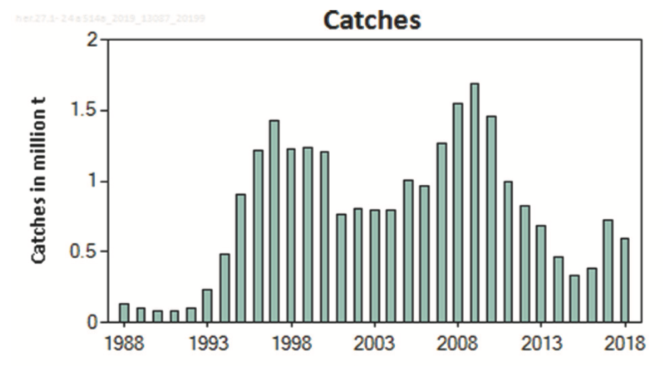
One key concern for the save guarding of herring stocks in the Atlantic is the increase in marine anthropogenic activity, especially in the area of marine renewables. Gravel substratum is an essential habitat for herring spawning and activities such as the extraction of marine aggregates (e.g. gravel and sand) and the construction and development of wind farms, in the vicinity of herring spawning grounds results in disturbance and destruction of the seabed have a negative impact on the spawning habitat of herring.
The image below shows the sustainability overview of the herring fishery in the North East Atlantic region.

Most herring catches are done by mid-water trawls. This trawling method is considered the least harmful of the trawling techniques since it is fuel efficient, the bycatch is low and seabed damage is minimal due to fishing gear.
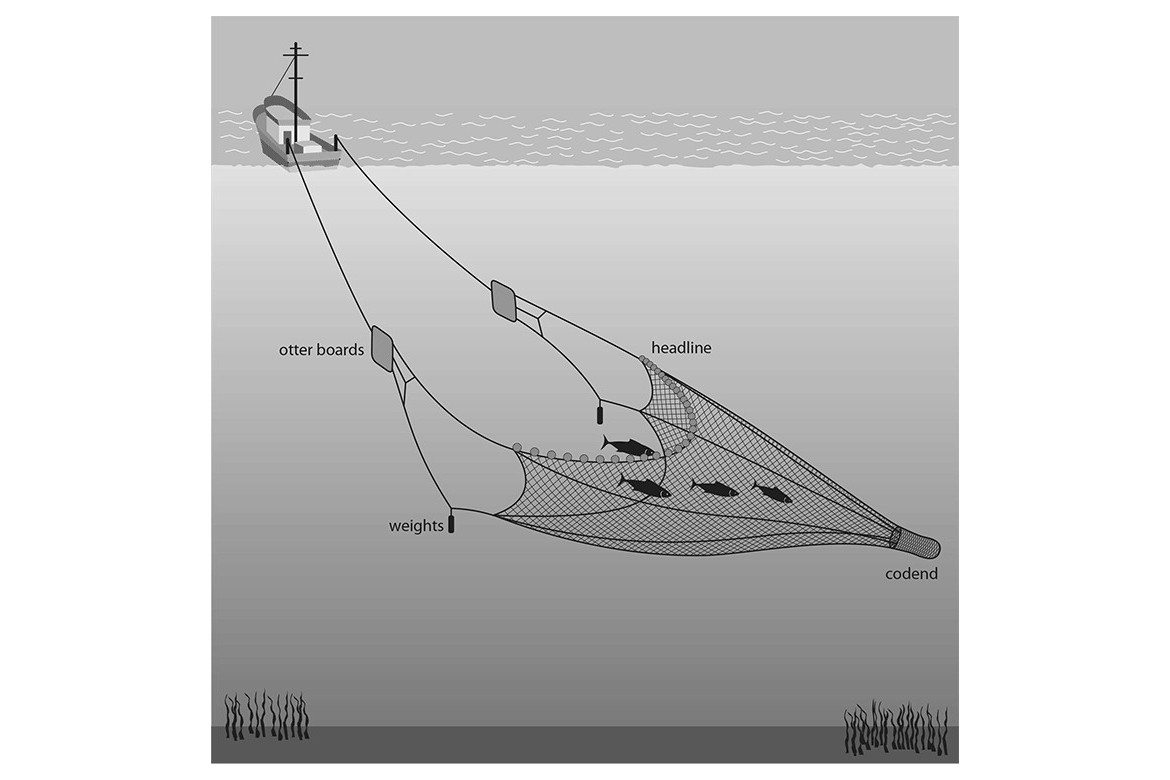
Herring in the Marine Food Pyramid
